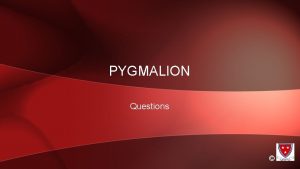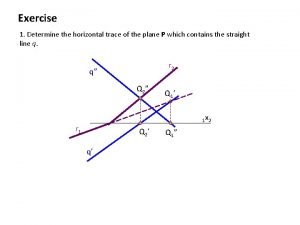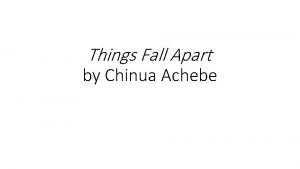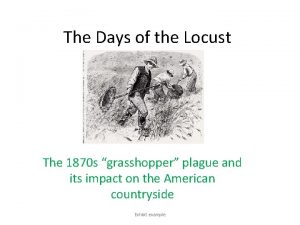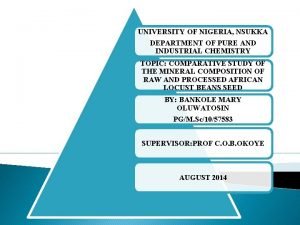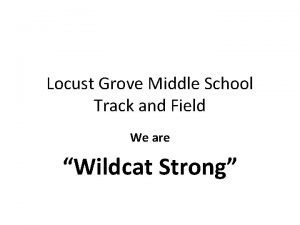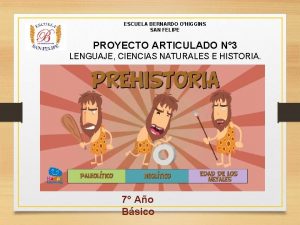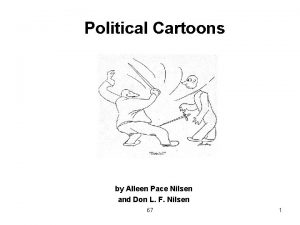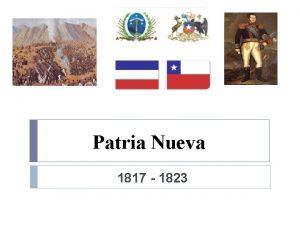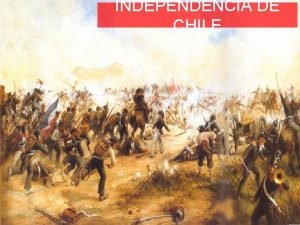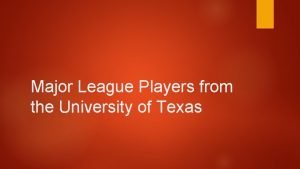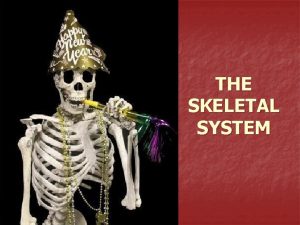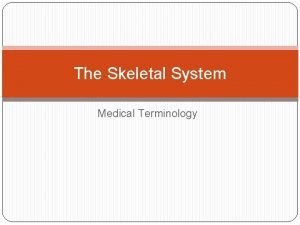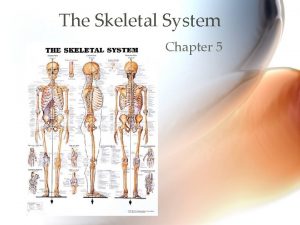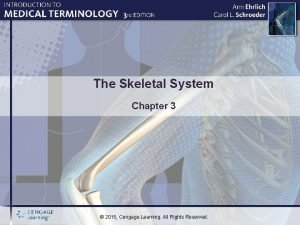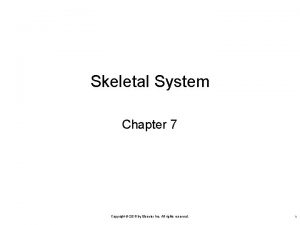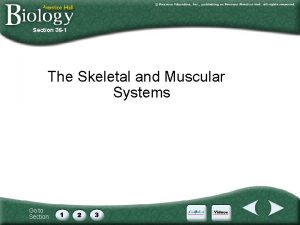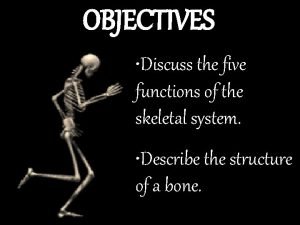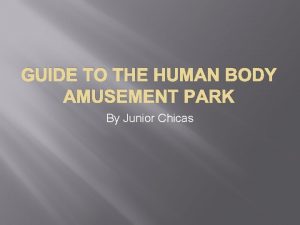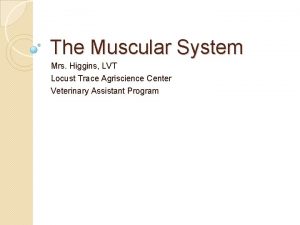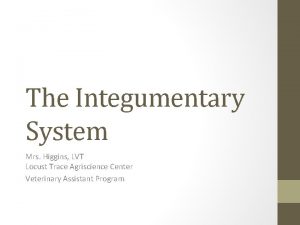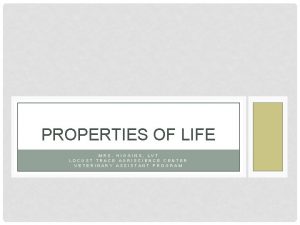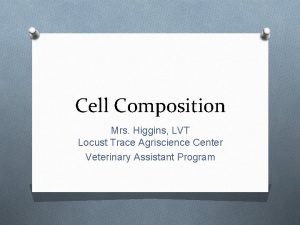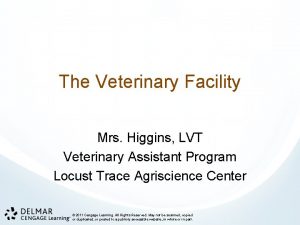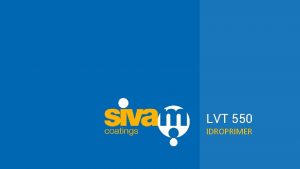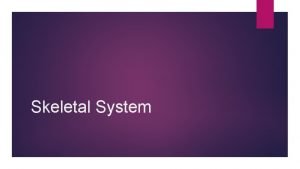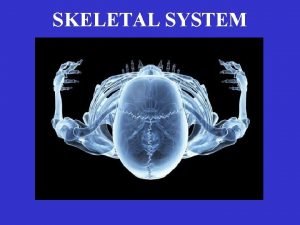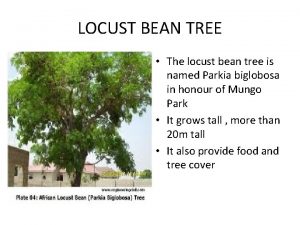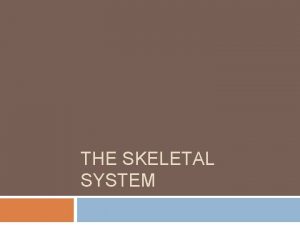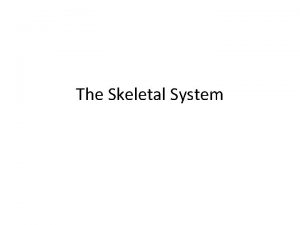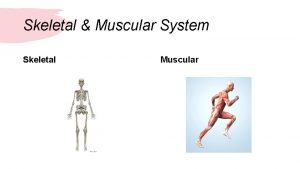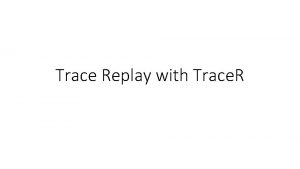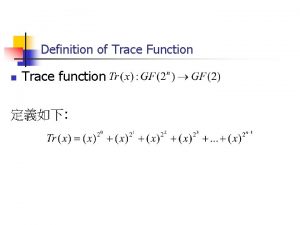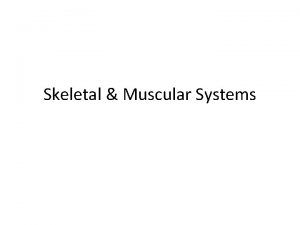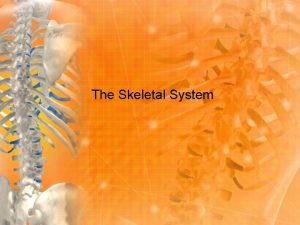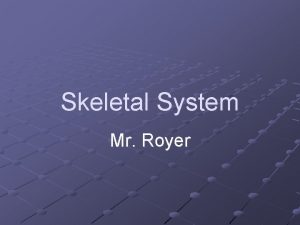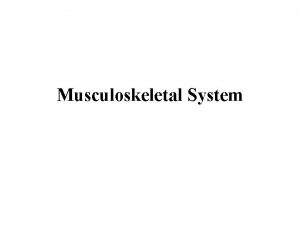The Skeletal System Mrs Higgins LVT Locust Trace
































- Slides: 32

The Skeletal System Mrs. Higgins, LVT Locust Trace Agriscience Center Veterinary Assistant Program

Functions • External structure and appearance for most vertebrate animals Vital organs • Provide protection of _______ (take a guess) • Give rigidity and form to the body • Act as levers Calcium • Store minerals ________ and Phosphorus ________ • Form the cellular elements of blood

What am I made of? • The skeletal system is made of various forms of connective tissue o They all work together to provide structure and movement • Consists of: o o Bone Joints Cartilage Ligaments/Tendons

Terminology Osteoblasts Osteoclasts Bone • Oste/o ______ • Oste/o _____ Immature • -blasts ______ Break • -clasts ______ • Immature bone cells that produce bony tissue, become osteocytes • Eat away bony tissue from medullary cavity

Terminology • Parts of the bone o Diaphysis • Shaft of the long bone o Epiphysis • Either end of the long bone o Epiphyseal Cartilage • Layer of cartilage within the metaphysis of an immature bone that separates the diaphysis from the epiphysis. Location of growth o Metaphysis • In a mature bone; flared area by the epiphysis o Periosteum • Fibrous membrane that covers the surface of the bone o Medullary Cavity • “marrow cavity”; In young animals, filled with red marrow (hematopoietic tissue)

Bone Marrow • Hematopoietic o Hemat/o- blood o -poietic: pertaining to formations • Forms blood cells (red cells and white cells) • In adult animals, red marrow is replaced by yellow marrow. This is mostly fat cells, serves as fat storage area.

Cartilage • A form of connective tissue • More elastic and flexible than bone • Articular cartilage o Covers the joint surfaces of the bone • Meniscus o Curved fibrous cartilage found in some joints o Acts as cushion from force o Example…. . Stifle/knee

Cartilage

Joints • Also called articulations • Form the connection between bones • Different types depending on degree of movement 1. Fibrous 2. Cartilaginous 3. Synovial • There are many within each category above, but we will cover a few from each

Fibrous Joints • No joint cavity, no movement • Example o Suture joint: between bones of the skull. Suture joints often completely ossify in maturity

Cartilaginous Joints • Bones are united by cartilage with no joint cavity • Limited movement • Example o Symphyses joints: joined by flattened disks of fibrocartilage as found between the pelvic bones (birth canal) or between vertebrae

Synovial Joints • Moveable joints • Examples o Ellipsoid Joint: when a row of small bones fit against a long bone (carpus or tarsus) o Spheroid Joint: “ball and socket”; movement in nearly any direction. Spherical head of one bone fits into the depression of another bone. (Example is…. . ___________) Hip joint o Hinge joints: allows for movement in one direction. Example Knee or stifle _________ o Pivot joint: movement occurs around one axis. Example Atlas/axis joint of neck ______________

Synovial Joints Ellipsoid

Synovial Joint Spheroid (ball and socket)

Synovial Joins Hinge Joint

Synovial Joint Pivot Joint

Terms of Movement • Adduction o Movement towards midline • Abduction o Movement away from midline • Flexion o Closure of a joint angle o Reducing angle • Extension o Straightening of joint o Increasing the angle • Hyperflexion o When a joint is flexed or extended too far

Movement Terms

Tendons • Connective tissue that attaches muscle to bone.

Ligament • Connective tissue that attaches bone to bone

The Skeleton

The Skeleton • Broken into two parts • Axial Skeleton: the central skeleton consisting of the skull, vertebral column, and ribs • Appendicular skeleton: Limbs/Appendages (thoracic limbs and pelvic limbs) **Most of the skeletal system will be the same for different species of animals…. However, there will be differences in the feet/legs and the vertebral column of each animal. Why? ?

Vertebral Column • Made up of many individual vertebra (singular) or vertebrae (plural) • Numbered from head to tail and grouped into sections o o o Cervical Thoracic Lumbar Sacral Coccygeal • Two of the vertebra have names o C 1: atlas o C 2: axis


Thoracic Limbs • The forequarters carry up to 70% of the body weight of animals • Consists of o o o o Scapula Humerus Radius Ulna Carpal bones Metacarpal bones Phalanges

Pelvic Limbs • Carry less weight (about 30%) but are heavily muscled • Consist of o o o o Pelvis Femur Patella Tibia Fibula Tarsal Bones Metatarsal bones Phalanges *Sesmoid bone: small bone held in place by tendon (patella)

Let’s Label!!


Do you see the differences?

Dog Swine Cattle Horse Different numbers of metacarpal bones and phalanges present

Horse Lower Leg • P 1 or long pastern or proximal phalanx • P 2 or short pastern or middle phalanx • P 3 or coffin bone or distal phalanx **The horse industry uses long and short pastern and coffin bone

Great Interactive Websites • http: //www 2. ca. uky. edu/agripedia/agmania/interactive/ • http: //www. real 3 danatomy. com/bones/dog-skeleton 3 d. html • http: //www. vet. osu. edu/assets/flash/education/outreach/ games/skeleton. html
 Important quotes in pygmalion act3
Important quotes in pygmalion act3 What purpose does the rain shower serve?
What purpose does the rain shower serve? Vertical trace and horizontal trace
Vertical trace and horizontal trace Locusts things fall apart
Locusts things fall apart Chasing lincoln's killer map
Chasing lincoln's killer map 1870 locust plague
1870 locust plague Locust
Locust Peter locust pedagogia
Peter locust pedagogia Locust grove wildcats
Locust grove wildcats Mrs skeletal
Mrs skeletal Mrs skeletal
Mrs skeletal Some people poem
Some people poem Real restaurants
Real restaurants Agnes higgins
Agnes higgins Escuela bernardo o'higgins san felipe
Escuela bernardo o'higgins san felipe Jack higgins cartoonist
Jack higgins cartoonist Abdicación de o'higgins
Abdicación de o'higgins Abdicación de o'higgins
Abdicación de o'higgins Kimberly
Kimberly Pinky higgins
Pinky higgins Mark higgins accounting
Mark higgins accounting They are mrs garcia and mrs castro
They are mrs garcia and mrs castro They are mrs garcia and mrs castro
They are mrs garcia and mrs castro Mrs. darling was ___________ of mrs. s.
Mrs. darling was ___________ of mrs. s. Five functions of the skeletal system
Five functions of the skeletal system Medical terminology skeletal system
Medical terminology skeletal system Chapter 5 the skeletal system
Chapter 5 the skeletal system Kaplan chapter 3 skeletal system answer key
Kaplan chapter 3 skeletal system answer key Elsevier
Elsevier Chapter 5 the skeletal system
Chapter 5 the skeletal system Section 36-1 the skeletal system
Section 36-1 the skeletal system What are the five functions of the skeletal system?
What are the five functions of the skeletal system? Park of the body
Park of the body

